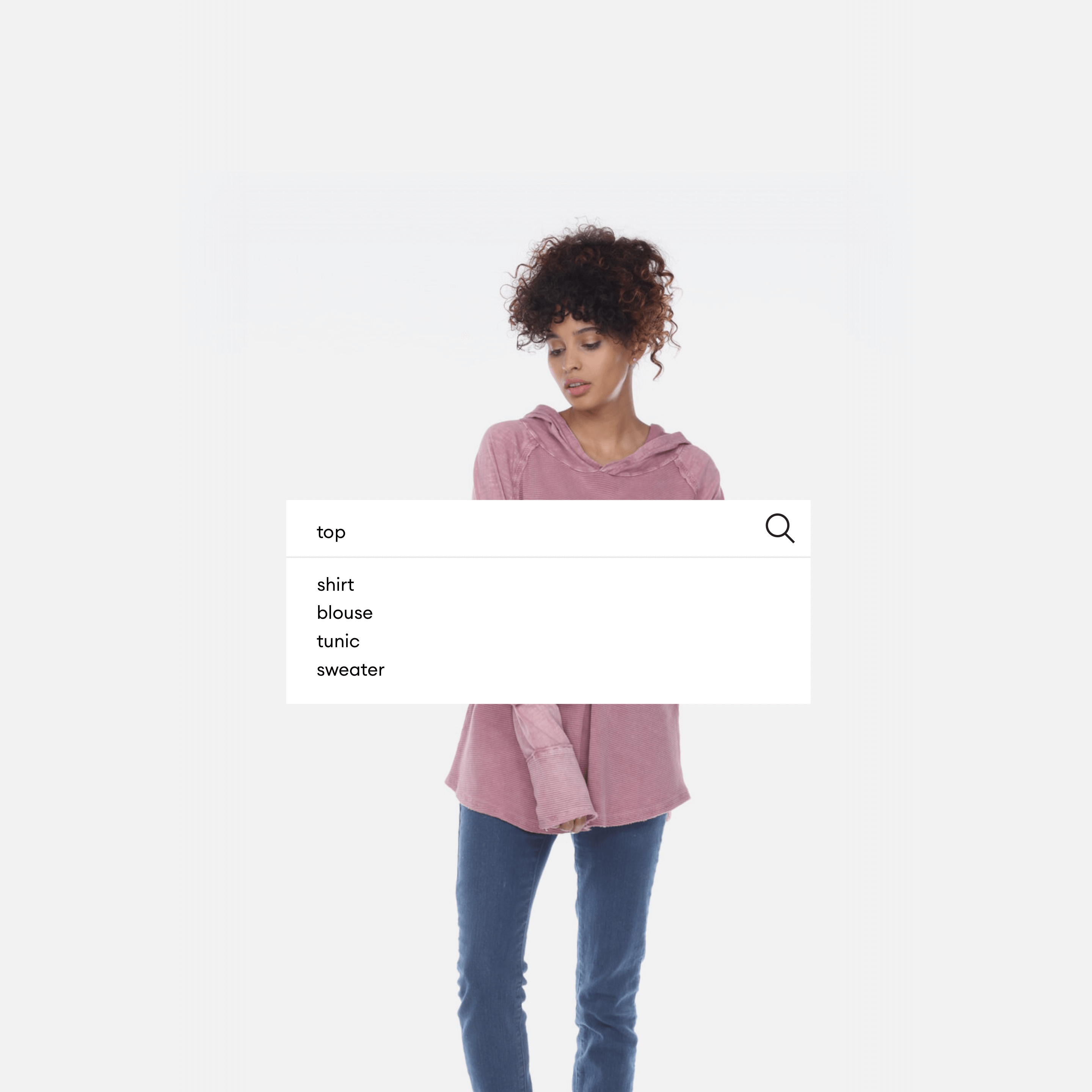Imagine yourself walking into a new store to browse their selection. You pick up a sweater and you turn to the salesperson to ask a few questions: What’s it made of? How does it fit? Is it machine washable? The salesperson is woefully confused. His answers are unclear, poorly worded and certainly not inspiring you to make a purchase. Chances are, you put the sweater down and look elsewhere.
A product description page—PDP—is just like a digital salesperson, so it’s one of the most important pages on your website. This is where your customers learn about the design, intention, technical features and inspiration behind every product you sell.
The information on these pages—and how it’s laid out—ultimately determines whether or not your customers decide to make a purchase. It’s your job to make sure these pages are easy to navigate, straightforward, polished and informative.
Below are some tips for writing PDPs that convert.
Create a consistent experience
Just like in the real world, online customers often want to compare products before they purchase. Make sure that every PDP page is set up the same way to help them shop. While every product you sell might be different, each page should have the same structure. Create a familiar and consistent experience across every page so your customer will learn to look for information in the same spot every time.
And while it’s tempting to get creative with your writing, repetition across your product catalogue is actually your friend. If you have multiple products that have similar features, make sure you use the same language to describe it every time. By keeping your language consistent, you are streamlining their decision making.
Prioritize your info
The best selling feature of each product should be front and centre. Do not bury the best selling feature deep in a paragraph somewhere. If a customer only reads half the information on the page, you want to ensure that they read what’s most important. A good strategy is to include a descriptive paragraph and a bullet pointed list—and don’t be afraid to double up on an important feature, and speak to it in both places.
Use active, clear language
If ever there was a rule to live by in ecommerce writing, this was it. Never use a long word where a short one works. Long words cloud the intention behind what you’re saying and make it harder to understand. When possible, write your PDP copy in second person present tense. Incorporating the word “you” feels more genuine and helps the reader feel immediately connected to the sentence and the product. And while it may feel a little unnatural at first, write as if the customer already owns what you’re selling. Speak to the benefits in present tense—this makes it that much easier for them to see themselves in your product, or using your product.
Taking a bit of time to polish up the digital salesperson on your website can be the difference between a sale and an abandoned cart. Your PDPs are the final stop in your funnel. Having a strategy in place helps to optimize these pages for conversion—and get your product into the hands of your customer.







